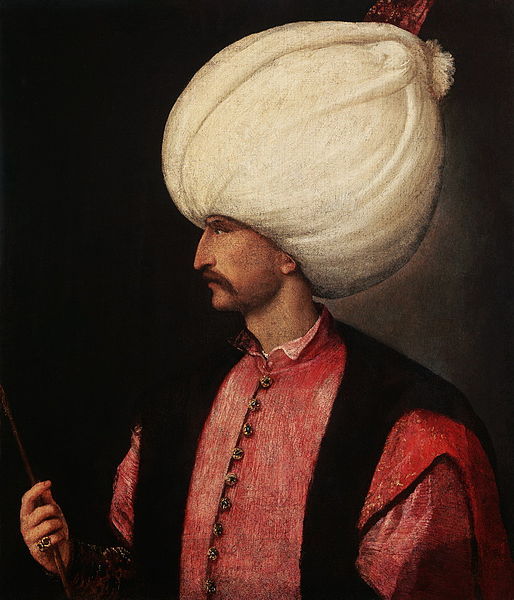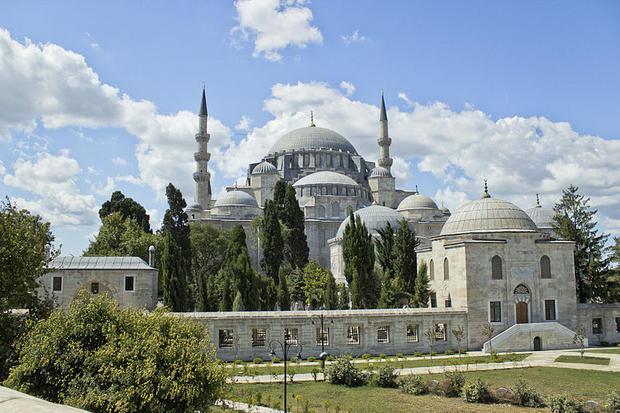
Suleiman the Magnificent

Suleiman the Magnificent
Suleiman the Magnificent (1494-1566) is known in modern Turkey as Suleiman the Lawgiver because of his legal reforms which updated rather than replaced the original Qur’anic law. A forged document or coin is no less an act of theft than the less subtle act of picking a man’s pocket. But what about those magnificent buildings? They were designed by Mimar Sinan, an architect whose accomplishments dwarfed those of Sir Christopher Wren. His acknowledged masterpiece was the Süleymaniye Mosque, but he designed hundreds of other buildings.
So where did it all go wrong? Although the end of the Ottoman Empire was quick and dramatic, due principally to the First World War, the decline was slow and was due in large part to the Industrial Revolution which gave the Western powers, in particular Britain, a big advantage, but even before that, the writing was on the wall. Napoleon’s invasion of Egypt in 1798 showed that the Ottomans were not quite the Master Race they were perhaps beginning to believe they were, and the rise of Wahhabism challenged the legitimacy of an empire whose leader had surprisingly never during its entire existence made the Hajj.
Attempts to modernise were too little and too late; the replacement of the turban with the fez was the most visible for everyday Turks, the irony being that now this hat is recognised universally not as a trademark of power but of laughter and ridicule in the personage of Tommy Cooper.
There is a lot more to this programme, including the long standing friendship and alliance with England. As Omaar points out, it is impossible to understand properly what is happening in Europe today without knowing something of the history of the once great Ottoman Empire.

The magnificent Süleymaniye Mosque designed by Mimar Sinan under Suleiman the Magnificent.
[The above review was first published October 15, 2013. The original was not archived.]
Back To Digital Journal Index